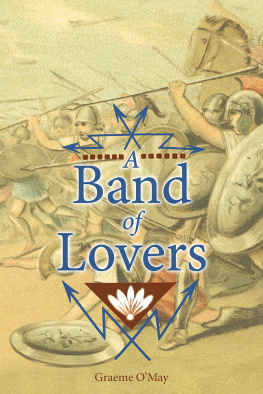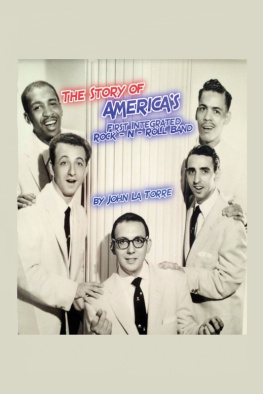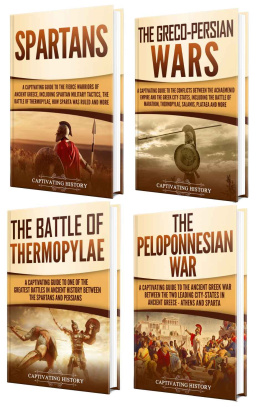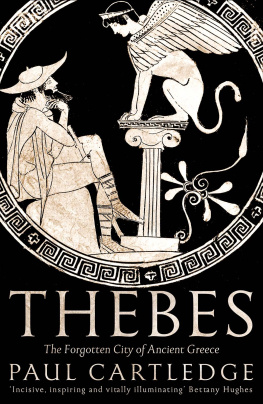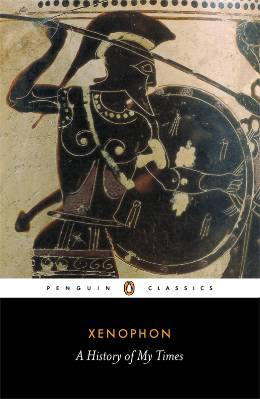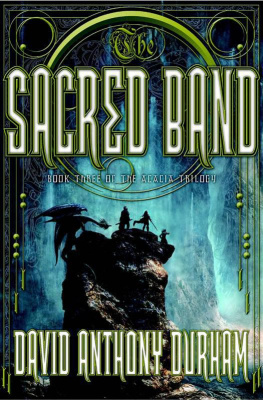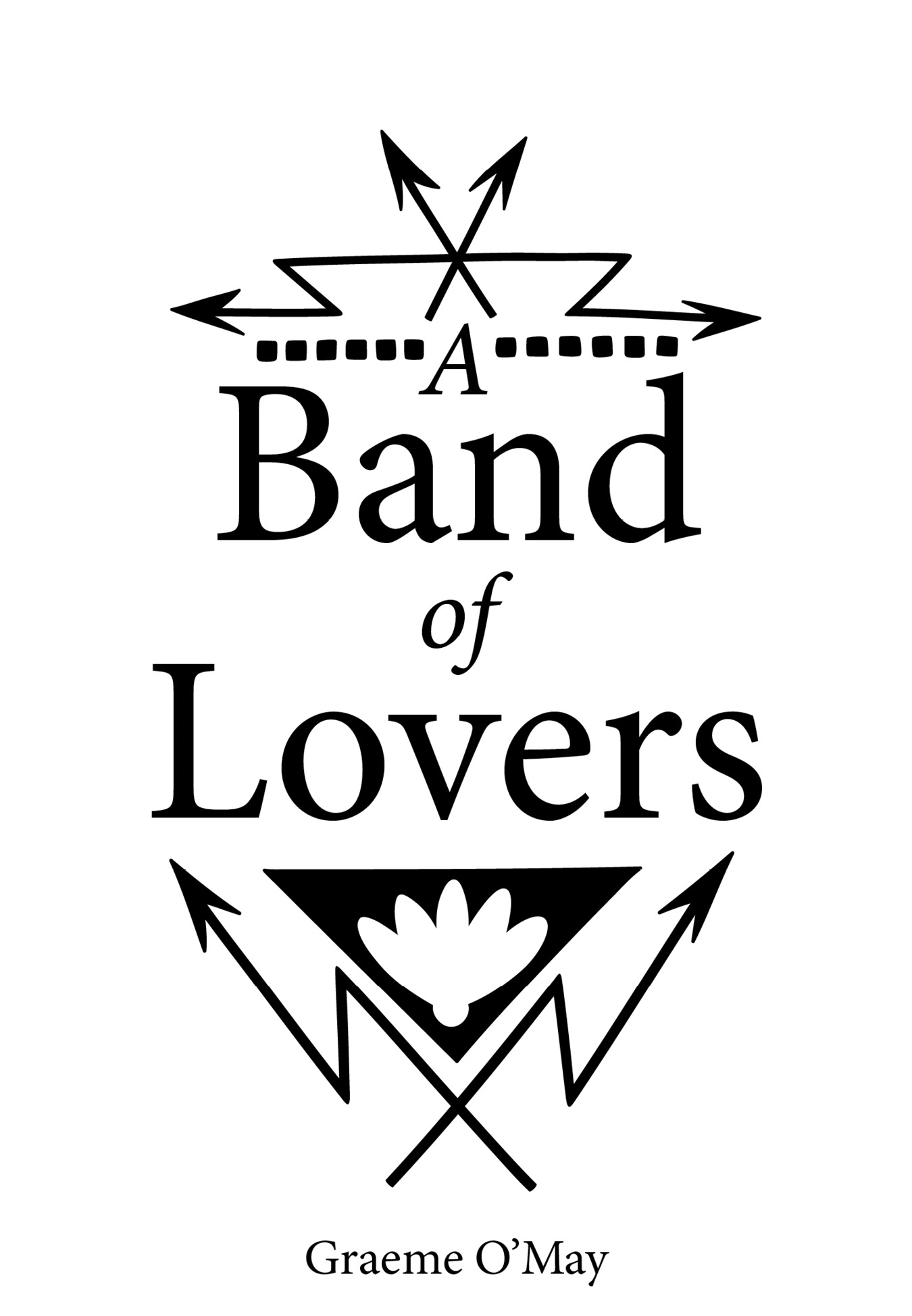Copyright 2021 by Graeme OMay
A Band of Lovers
All rights reserved.
No part of this publication may be reproduced or transmitted
in any form or by any means electronic or mechanical, including photocopy,
recording, or any information storage and retrieval system now known or invented,
without permission in writing from the publisher, except by a reviewer
who wishes to quote brief passages in connection with a review written
for inclusion in a magazine, newspaper, or broadcast.
Print ISBN: 978-1-09837-814-1
eBook ISBN: 978-1-09837-815-8
Printed in the United States of America
Knowledge is Life with wings
William Blake (1757 to 1827 CE)
For Mark,
our Epaminondas
Contents
List of Figures
PREFACE
A WOLF AT THE DOOR
Its going to happen again.
I always knew when the nightmare would come, although Ive no idea how I knew. It didnt come every night, far from it, but it was often enough that I lived in constant terror of the next time. It was always the same, never a deviation from the frightful narrative.
It begins in that nebulous no-mans-land between wakefulness and sleep. Suddenly acutely aware of my surroundings instead of slipping into slumber, fear quickly takes hold. I know what is to come. But the knowledge is no helpimmobilized by an unknown force, I cant speak or scream or appeal to my mum and dad, asleep in the next room.
The darkness of my bedroom deepens, fear rising to a crescendo.
And then it comes. Red eyes rise at the foot of the bed, red eyes slowly coming closer, gradually revealing the hideous, slabbering visage of a werewolf. Unable to defend myself or even to cry out, teeth tear into flesh, consuming me, feet and ankles and then on to lower legs. Strangely, there was never any pain. Or at least if there was, I dont remember it.
Thankfully, the nightmareor more accurately night terror, for such it wasalways ended shortly thereafter. The bad thoughts, the term I used with my parents, recurred, albeit at a frequency decreasing over time, until I was thirty-five years old. Happily, Ive not experienced a repeat of that nightmare since late 2010, when I realized, or became able to acknowledge, that Im gay and came out as such to the people around me.
Only comparatively recently, within the last year at the time of writing in March 2021, have I fully understood the meaning of the recurring nightmare. Like most dreams and nightmares, the import lies in the symbolism. Consider the perpetrator, a werewolf. Never any other monster that haunts childhood dreams; never a zombie, or a vampire, or a demon, always a werewolf. And what is a werewolf? It is nothing more or less than a man who has something wrong with him , a defect, a flaw, an unnatural elementa progenitor of shame.
Also consider how the werewolf attacked me. Not with the intent of killing me or maiming me or even of hauling me off to its lair, but specifically to consume me. To put it another way, the werewolf was attempting to erase my existence . In short, the night terror was a subconscious manifestation of my deeply repressed homosexuality. More precisely, it was symbolic of a deep-seated fear that being gay, acknowledging who I really am and living as such, represented an existential threat to my psychological self.
That fear was sufficiently intense that I repressed my sexuality for many long, desperately unhappy years. When I say repressed, I mean repressed so deeply that even I was unaware of my homosexuality until much later in life; when I was thirty-five years old, to be exact. I know many people find that difficult to believe and that is entirely understandable. But the simple fact is that I was not aware of being gay until a grown man on the cusp of middle age.
As I write these lines more than a decade has elapsed since I became aware of being homosexual. During those years, I journeyed along a path leading ultimately to self-acceptance as a gay man, on the way gaining some insight into why I rejected that truth for the first twenty years of my adult life. To my surprise, a passion for ancient history helped propel me towards journeys end.
Why Write this Book?
I am not a historian, nor do I have any formal schooling in the discipline. My educational background and professional life are both in the life sciences, to be precise in bacteriological and vaccine research and laterally as a medical/scientific writer. A career in science has been very good to me, both materially and in terms of the colorful characters Ive met along the way.
I was a gangly teenager in secondary school learning the rudiments of science when the death of Freddie Mercury, lead singer of Queen , from AIDS-related pneumonia caused by Pneumocystis jirovecii in November 1991 sparked an interest in infectious disease. Id discovered Queen s music only a few months prior and I felt cheated that itd been taken away from me so soon. In such a way began a lifelong fascination with pathogenic microbes and how we can prevent, or at least ameliorate, their deleterious effects on the body.
So why did I decide to write a book on ancient history? A good question, to be sure, and one that can be broken down into two parts. The first part is why be interested in ancient history? Thats not an easy one to answer, for Im still working it out. Suffice to say that in the ancient world lies explanations for a number of modern events and for trends that continue to affect us today. Therere also the sometimes startling but always fascinating differences between life in antiquity and that in modern times, and at the same time the myriad remarkable similarities. Instruction is to be found in both. There is much truth in the saying those who do not learn from history are doomed to repeat it.
The second part of the question is easier to answer: Why write about the (Sacred Band) of Thebes? The Sacred Band, which existed from 378 to 338 before the common era (BCE), was an elite infantry unit of Thebes, a city-state in Boeotia, central Greece, one of the second rank of ancient Greek city-states. Uniquely (as far as Im aware, although Id be happy to be corrected) in the ancient world, the Theban Sacred Band comprised one-hundred fifty couples. Crucially, these were all same-sex (male) couples, what we today would call gay couples.
Yes, you read that right. To be a member of this elite fighting force you were required to be gay. Let that sink in for a moment required , not merely allowed , to be gay. How strange that sounds to our ears.
Its important to acknowledge that whether the men of the Sacred Band of Thebesnot to mention the other homosexual couples known from antiquity, such as Alexander III of Macedonia (the Great) and his friend and likely lover Hephaestion Amyntoroscan be labeled gay, homosexual, or bisexual is much debated by scholars in ancient history as well as by those in other fields. Unfortunately, the discussion is of such complexity as to be beyond the scope of A Band of Lovers . If youd like to read more about homosexuality in antiquity, I recommend the excellent The Greeks and Greek Love: A Bold New Exploration of the Ancient World by James N. Davidson. Although arguably simplistic given the intricacy of the issue, throughout A Band of Lovers I describe the men of the Theban Sacred Band as same-sex couples or same-sex lovers.
To (finally!) come to the point, learning of the existence and the historical significance of the Sacred Band helped me to accept my homosexuality. More importantly, that knowledge enabled me to finally, after long unhappy years beneath its stifling pall, reject the shame that so many of us, too many of us, feel over being gay. It is my hopemy dream, reallythat by writing this book, by telling others of the story and accomplishments of the Sacred Band, I can help them overcome that shame too.

